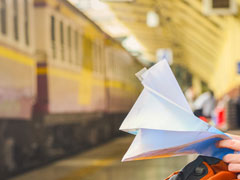Introduction
Arguably Rotterdam is most famous for its port, which is Europe’s largest. As with so many other waterside areas, the inner-city docklands areas have been transformed over recent year into popular areas with busy pavement cafés, innovative architecture, stunning bridges and a fantastic selection of shops, restaurants and bars.Aside from the country’s capital, Amsterdam, Rotterdam is the second largest city in The Netherlands with over 600,000 people living in the city and around
four million visitors being attracted to its sights and attractions annually. The city’s cultural life is very rich and dynamic offering inhabitants and visitors a variety of museums that cover almost everything including modern art, historical treasures, architecture, photography, ships and even exotic animals! Among Rotterdam’s most popular museums are the Museum Boijmans van Beuningen, the Netherlands Architecture Institute, the Kunsthal, the Wereldmuseum (World Arts Museum), the Maritime Museum, the Netherlands Photomuseum and the Historical Museum of Rotterdam.
As an important European port, Rotterdam was a specific target for bombings during the war and was therefore heavily impacted by it. As a consequence of this Rotterdam today is a great destination for fans of modern architecture since the damage that was inflicted on it meant it had to completely rebuild itself in the latter part of the last century.






